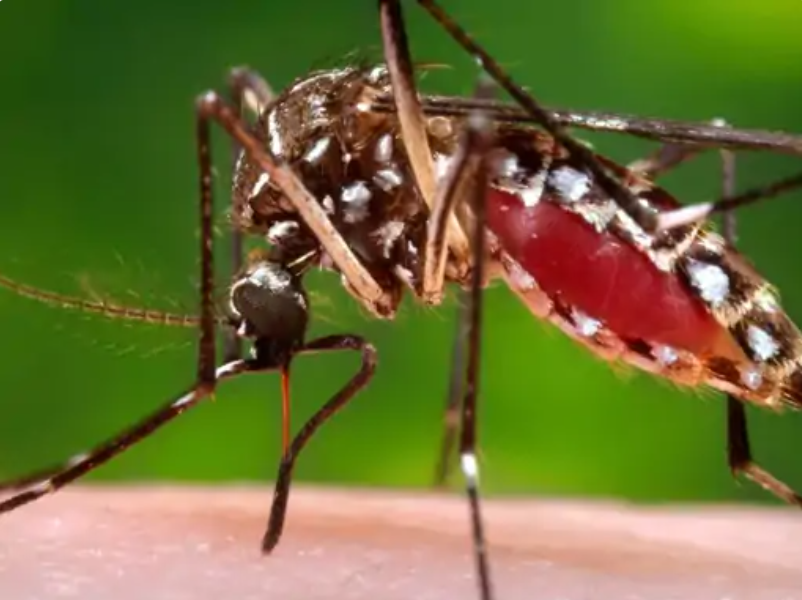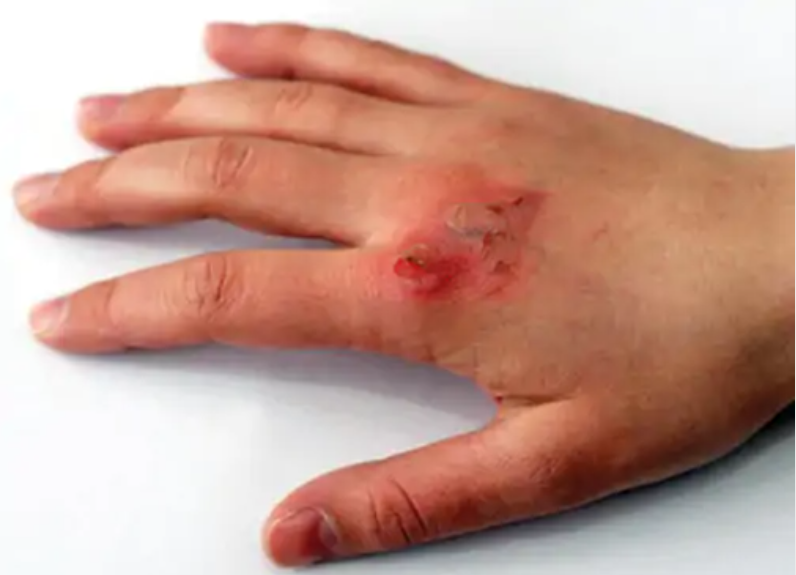Mosquitoes spreading flesh-eating disease in Australia: Scientists say that mosquitoes and possums (a mongoose-like animal found in Australia) are spreading flesh-eating bacteria in some areas of Australia. In fact, cases of Buruli ulcer, a flesh-eating disease, have increased in Australia in the last few years. But the question of how it was spreading was troubling the scientists.

Now scientists say that Buruli ulcer occurs not only in humans but also in possums. According to Science News, Buruli ulcer is caused by bacteria named Mycobacterium ulcerans. After infecting the possums, these bacteria are passed out through their faeces. On the other side are mosquitoes, which thrive in filth. So we believe that mosquitoes and possums can easily spread this flesh-eating bacteria.
Studied the DNA of mosquitoes, possums and humans
Scientists conducted a survey on mosquitoes in South-East Australia. This led to a connection between flesh-eating bacteria and mosquitoes. After this the research was started. The study found that mosquitoes, possums and humans share the same bacteria called Mycobacterium ulcerans. It was also revealed in the research that the DNA of the bacteria was also the same.
The disease of 18 thousand people was also studied
Scientists caught 72 thousand mosquitoes from Mornington Peninsula of Melbourne. Several cases of Buruli ulcer have been reported from this area. 18 thousand people who had this disease were also studied. It was revealed in the study that all of them were bitten by mosquitoes of the species Aedes notoscriptus. According to scientists, possums were also bitten by mosquitoes of this species.
Every year 200-300 cases of Buruli ulcer are reported.
There are 200-300 cases of Buruli ulcer in Australia every year. In the year 2014, 65 cases were reported. There were 299 cases in the year 2019 and 218 in 2020. At the same time, according to the World Health Organization (WHO), in 2022, 2,100 cases of Buruli ulcer were reported in 11 countries.

Buruli ulcer symptoms can take up to 9 months to appear
According to scientists, it may take 2 to 9 months for the symptoms of flesh-eating disease Buruli ulcer to appear. Special antibiotics, steroids are given to treat it. Their dose is given for a few weeks. Medicines are also given for several months if needed. Due to the rapid spread of the disease, body parts may also have to be amputated.
This disease in WHO’s neglected disease list
The World Health Organization has classified the flesh-eating disease Buruli Ulcer as a neglected disease. That is, this disease has been ignored. Buruli ulcer was first reported in 1897. Then many poor people of Uganda had died due to this disease. The disease was first reported in Australia in 1948.

